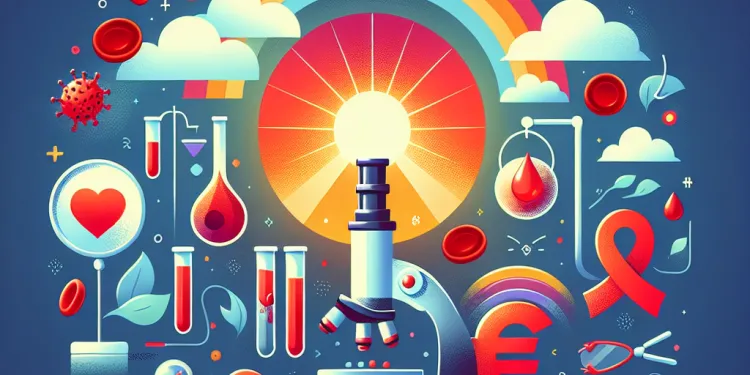
Find Help
More Items From Ergsy search
-
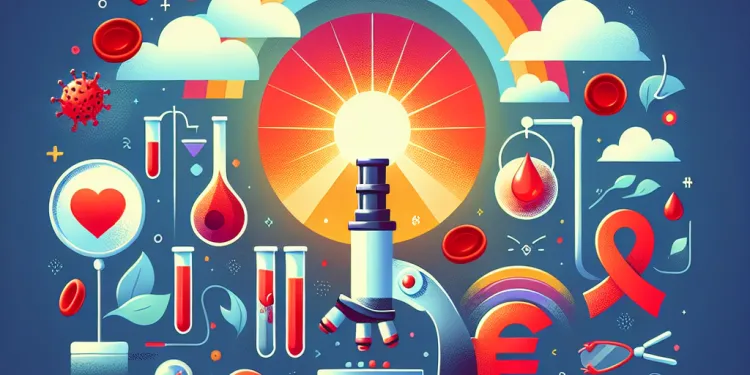
What are the symptoms of sickle cell disease?
Relevance: 100%
-
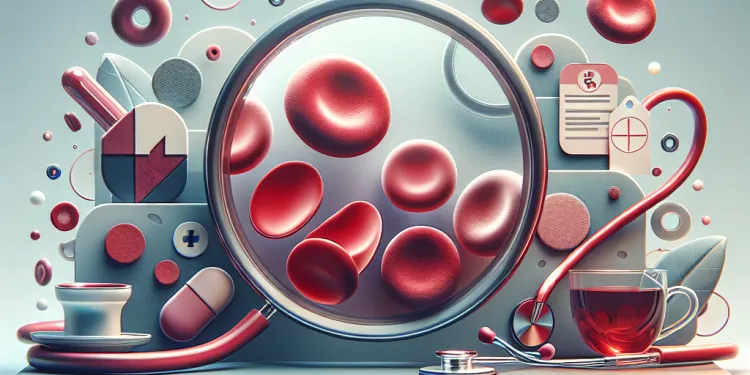
What is sickle cell disease?
Relevance: 93%
-

Introduction to Sickle cell disease
Relevance: 93%
-
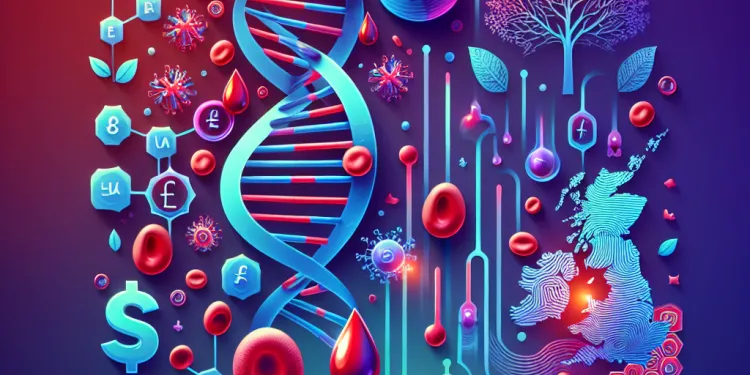
How is sickle cell disease inherited?
Relevance: 88%
-
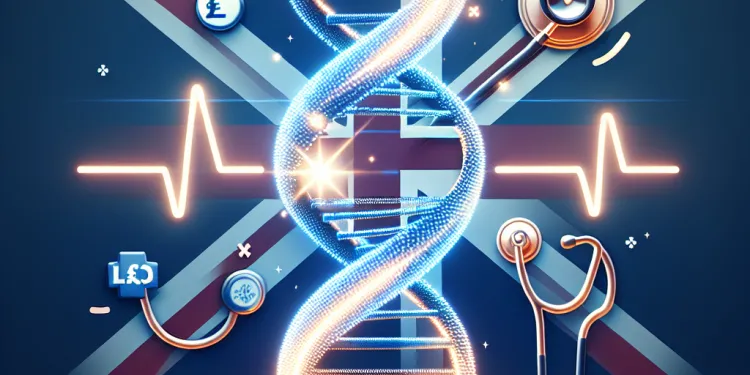
How is sickle cell disease treated?
Relevance: 87%
-
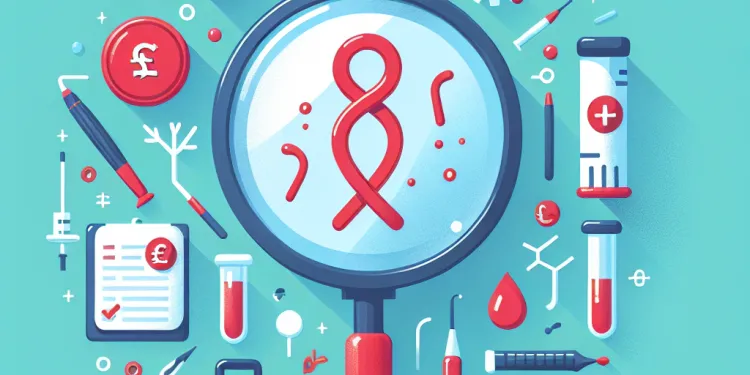
How is sickle cell disease diagnosed?
Relevance: 87%
-

What are the complications of sickle cell disease?
Relevance: 85%
-

Sickle cell anaemia | NHS
Relevance: 77%
-
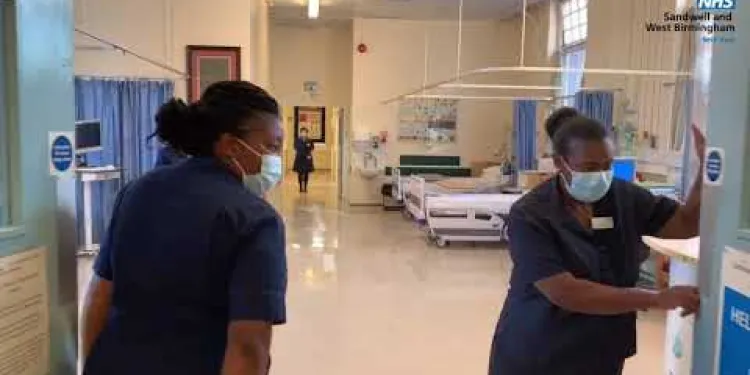
Tour of the Sickle Cell and Thalassaemia Unit at City Hospital | SCaT
Relevance: 67%
-

Sickle cell patients share their experiences with the last NHS Chief Executive Amanda Pritchard
Relevance: 60%
-

Symptoms of coeliac disease
Relevance: 35%
-
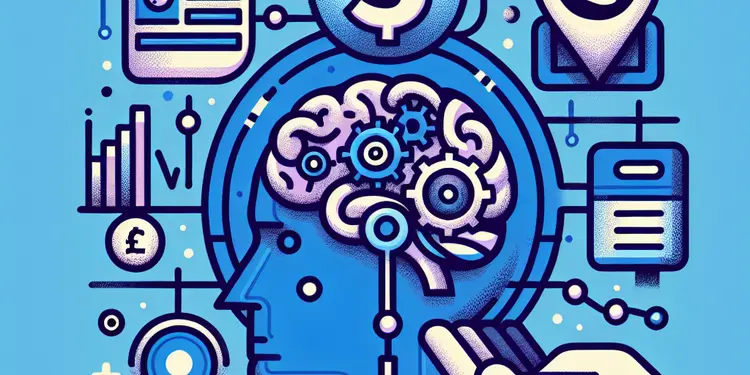
What are the symptoms of Huntington's disease?
Relevance: 33%
-

Will I be in a shared or single cell?
Relevance: 32%
-
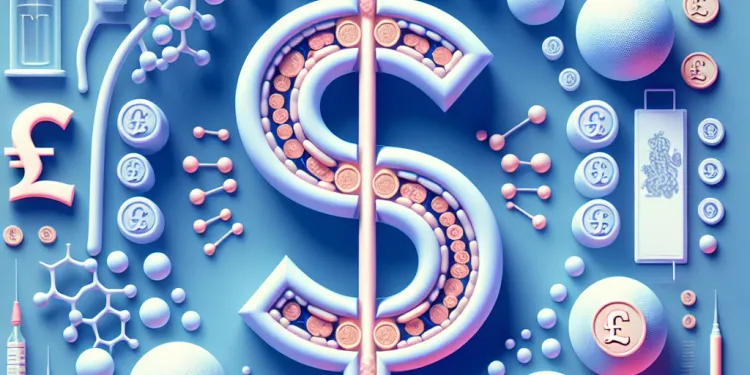
What is Mitochondrial disease?
Relevance: 32%
-

At what age do symptoms of Huntington's disease typically appear?
Relevance: 32%
-
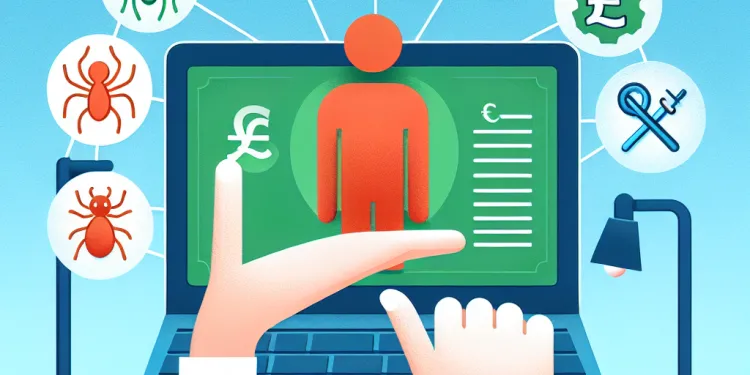
What are common symptoms of Lyme disease?
Relevance: 32%
-
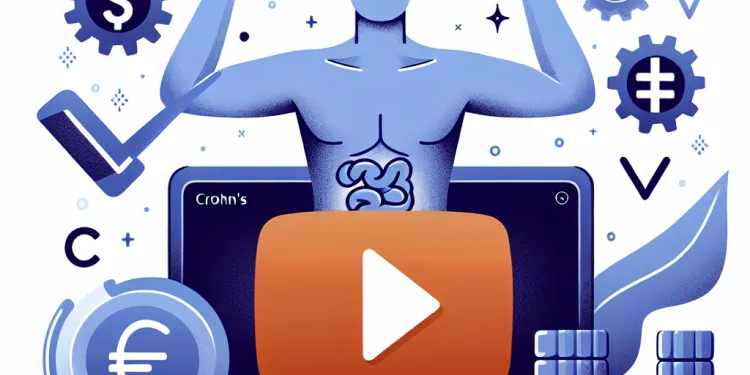
What are the common symptoms of Crohn's disease?
Relevance: 32%
-

What are the symptoms of Marburg virus disease?
Relevance: 31%
-

Why might someone need a blood transfusion?
Relevance: 31%
-

What are some common reasons blood transfusions are needed?
Relevance: 31%
-
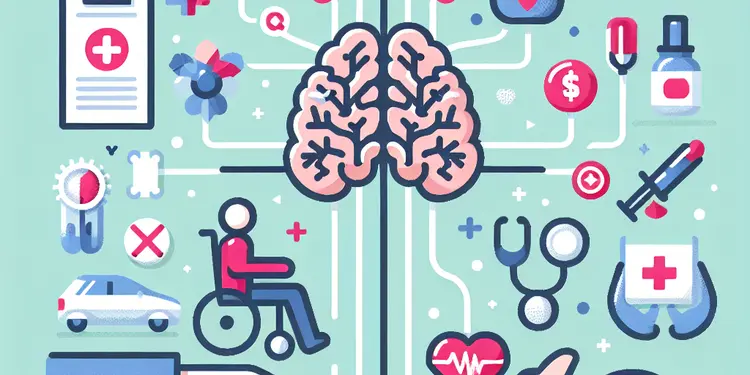
What are the primary symptoms of motor neurone disease?
Relevance: 30%
-
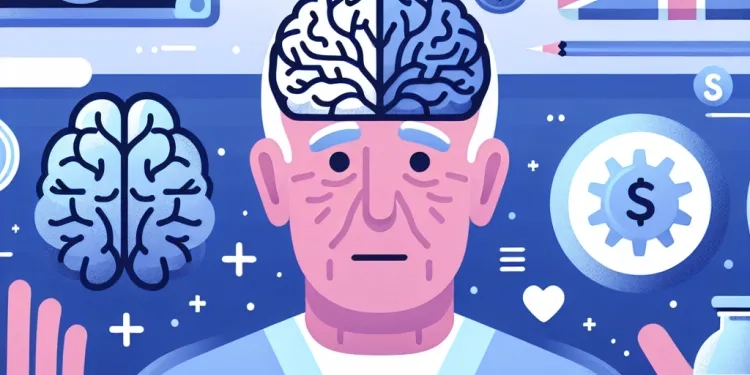
What are the symptoms of Alzheimer's disease?
Relevance: 30%
-
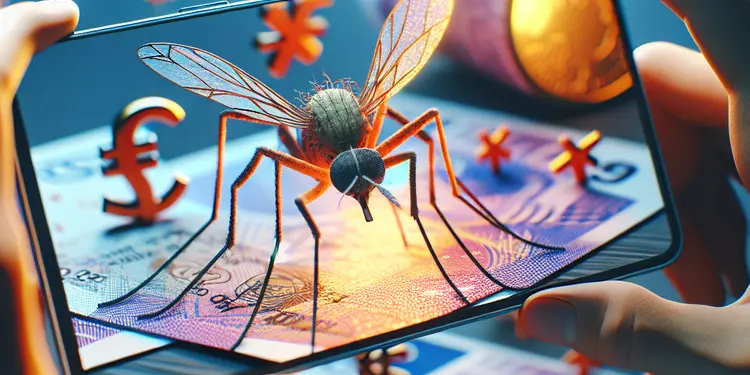
What symptoms should I watch for if I suspect a mosquito-borne disease?
Relevance: 29%
-
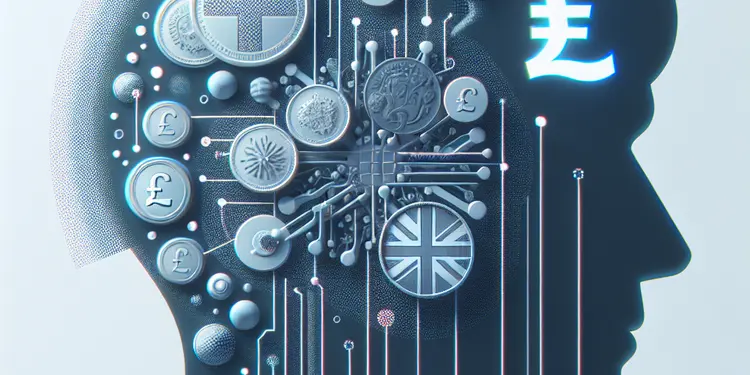
Can Huntington's disease be cured?
Relevance: 29%
-
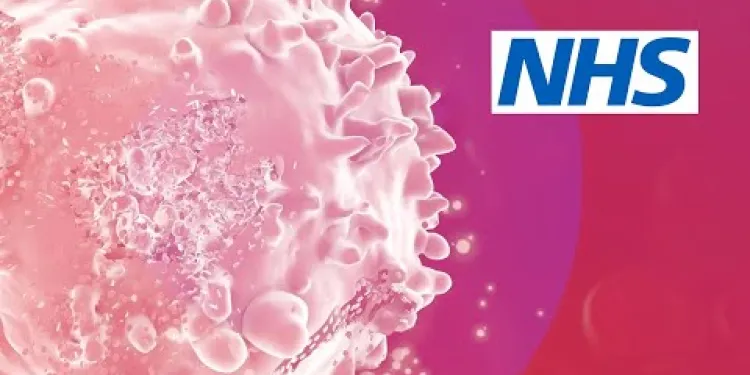
Leukaemia: What are the signs and symptoms? | NHS
Relevance: 28%
-

When do I find out about my cell assignment?
Relevance: 28%
-

Is there a cure for motor neurone disease?
Relevance: 28%
-

What causes Huntington's disease?
Relevance: 27%
-

Anaemia One stop shop
Relevance: 27%
-
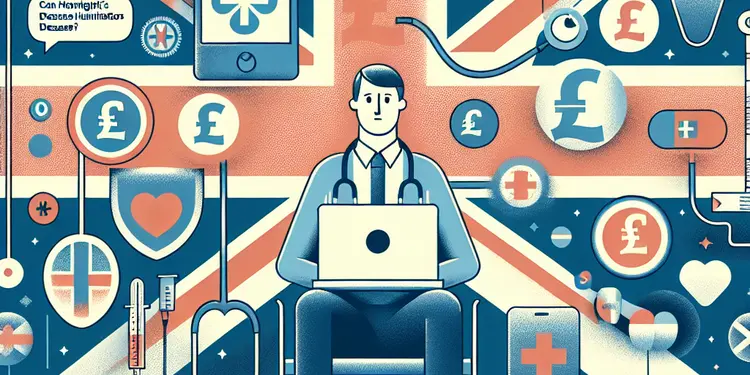
Can Huntington's disease be prevented?
Relevance: 26%
-
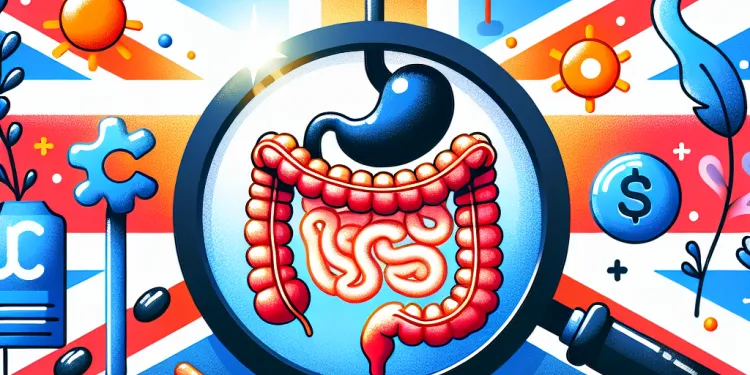
Is there a cure for Crohn's disease?
Relevance: 25%
-
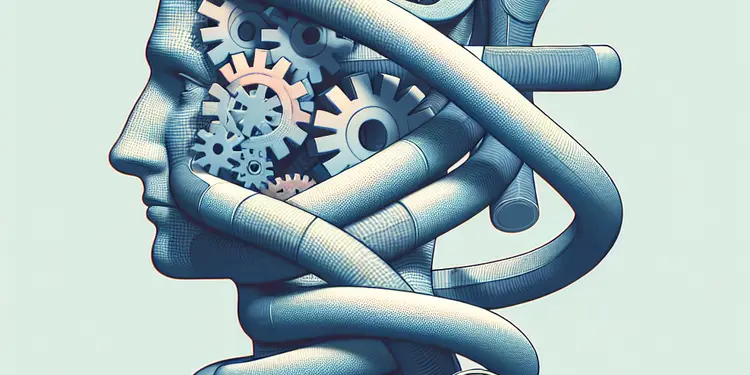
Is Huntington's disease fatal?
Relevance: 25%
-

How does Huntington's disease affect movement?
Relevance: 25%
-
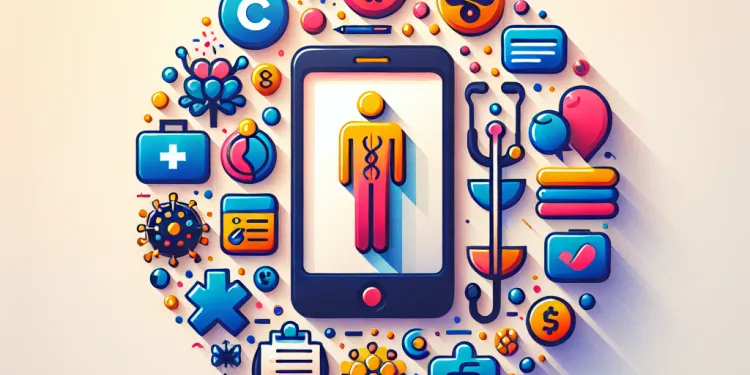
Is Crohn's disease contagious?
Relevance: 25%
-

What is Huntington's disease?
Relevance: 25%
-

What research is being done on Huntington's disease?
Relevance: 25%
-

How does Huntington's disease affect emotions?
Relevance: 24%
-
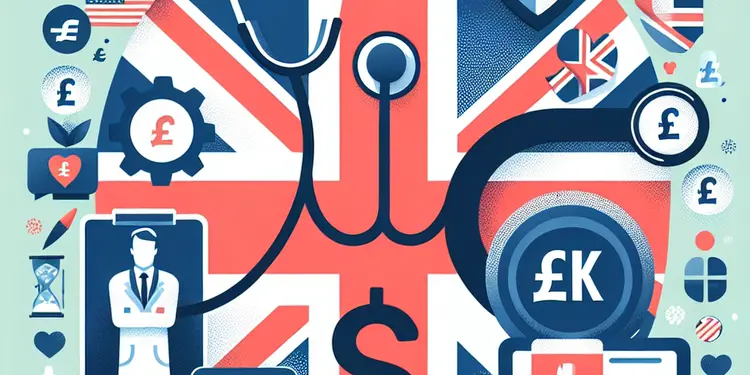
How is Huntington's disease diagnosed?
Relevance: 24%
-
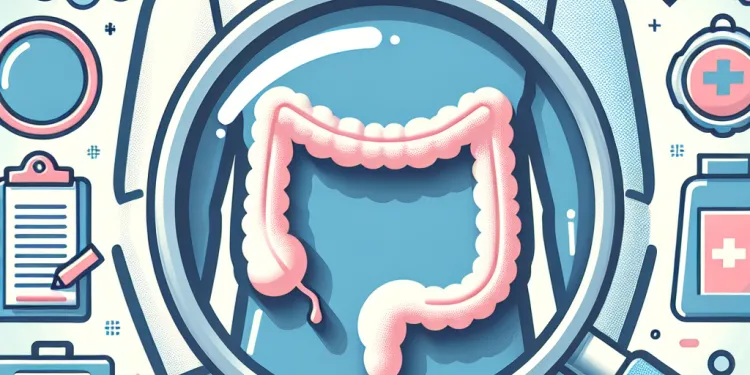
How is Crohn's disease diagnosed?
Relevance: 24%
-
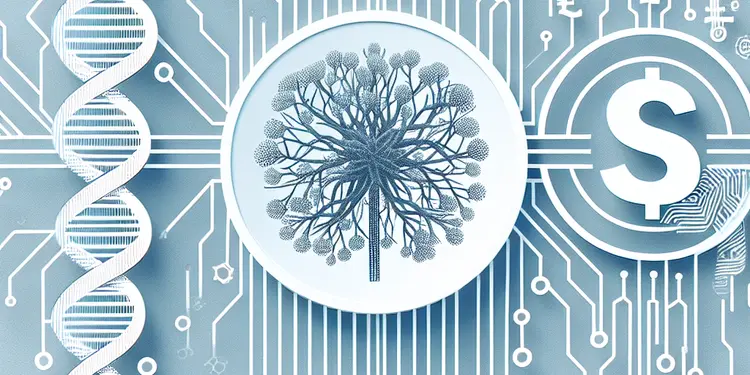
Is motor neurone disease hereditary?
Relevance: 24%
What are the Symptoms of Sickle Cell Disease?
Sickle cell disease is a genetic blood disorder that primarily affects individuals of African, Caribbean, Middle Eastern, and Mediterranean descent, but it can affect anyone. In the UK, awareness and understanding of the symptoms associated with this condition can help in early diagnosis and management. The disease is characterised by abnormally shaped red blood cells, which can lead to a variety of health complications. Below are some of the common symptoms associated with sickle cell disease.
Anaemia
Anaemia is one of the most prevalent symptoms of sickle cell disease. Due to the abnormal shape of the red blood cells, they can break down prematurely, resulting in a reduced number of healthy red blood cells to carry oxygen throughout the body. This can lead to symptoms such as constant fatigue, dizziness, and a pale complexion. Individuals may often feel tired and experience shortness of breath even after mild exertion.
Pain Crises
One of the hallmark symptoms of sickle cell disease is the occurrence of pain crises, also known as sickle cell crisis. These painful episodes occur when the sickle-shaped red blood cells block blood flow through tiny blood vessels to the chest, abdomen, and joints. The intensity and duration of these pain episodes can vary, and they are often managed with pain relief medication. These crises can occur without warning and may require hospitalisation in severe cases.
Frequent Infections
Sickle cell disease can also make individuals more susceptible to infections. The spleen, which plays a crucial role in fighting infections, can become damaged due to the abnormal blood cells. This makes it harder for individuals with sickle cell disease to fight off infections. Common infections in children with sickle cell disease include pneumonia, meningitis, and other bacterial infections, making vaccinations and preventive antibiotics important.
Delayed Growth
Delayed growth and puberty are common among children and teenagers with sickle cell disease. The chronic shortage of healthy red blood cells can lead to slower growth and delayed sexual maturation compared to their peers. This occurs because their bodies can't get enough oxygen and nutrients to support normal development.
Vision Problems
Vision problems, such as retina damage, can result from sickle cell disease. The small blood vessels in the eyes can become blocked due to the sickle-shaped cells, potentially leading to complications such as blurred vision or, in severe cases, permanent damage to the eyesight.
Conclusion
Understanding the symptoms of sickle cell disease is crucial for managing the condition effectively. If you or someone you know is showing signs of sickle cell disease, it's important to seek medical advice for proper diagnosis and treatment. Regular check-ups and early intervention can help manage symptoms and improve quality of life for those affected by this genetic disorder.
What are the Symptoms of Sickle Cell Disease?
Sickle cell disease is a blood problem you are born with. It mostly affects people from African, Caribbean, Middle Eastern, and Mediterranean backgrounds, but anyone can have it. In the UK, knowing the signs of this problem helps find and treat it early. The disease changes the shape of red blood cells, causing health issues. Here are some common signs of sickle cell disease.
Anaemia
Anaemia is a common sign of sickle cell disease. The red blood cells are not the right shape, so they break down fast. This means you have fewer healthy red blood cells to carry oxygen in your body. Signs of anaemia include always feeling tired, feeling dizzy, and looking pale. People with anaemia might feel out of breath easily.
Pain Crises
This disease causes painful episodes called pain crises or sickle cell crises. They happen when sickle-shaped cells block blood flow in small blood vessels. This can cause pain in the chest, belly, and joints. The pain can last for a short time or a long time. Pain medicine can help, but sometimes you might need to go to the hospital.
Frequent Infections
Sickle cell disease can make it easy to get infections. That's because the spleen, which helps fight infections, gets damaged by the sickle-shaped cells. Kids with this disease can often get infections like pneumonia and meningitis. Vaccinations and antibiotics can help prevent these infections.
Delayed Growth
Kids with sickle cell disease might grow slower and enter puberty later than others. This happens because their body doesn’t get enough oxygen and nutrients for normal growth. Regular check-ups can help manage this issue.
Vision Problems
Sickle cell disease can cause vision problems. The small blood vessels in the eyes can be blocked, leading to blurry vision. In some cases, this can cause lasting eye damage. It's important to have eye check-ups if you have this disease.
Conclusion
Knowing about the signs of sickle cell disease helps in managing the condition. If you or someone you know shows these signs, it’s important to see a doctor. A doctor can give a proper diagnosis and treatment. Regular visits to the doctor and starting treatment early can help manage the symptoms and improve life quality. Using tools like reminder apps can help keep track of doctor visits and medication.
Frequently Asked Questions
What are the most common symptoms of sickle cell disease?
Common symptoms include episodes of pain, anemia, swelling of hands and feet, frequent infections, and delayed growth.
How does anemia present in sickle cell disease?
Anemia in sickle cell disease often causes fatigue, paleness, and shortness of breath due to the lack of healthy red blood cells.
What are pain episodes or crises in sickle cell disease?
Pain episodes in sickle cell disease, known as crises, can occur when sickle-shaped red blood cells block blood flow, causing intense pain.
Why do people with sickle cell disease experience swelling in hands and feet?
Swelling occurs due to blocked blood flow by sickled cells in small blood vessels in the hands and feet.
Are frequent infections a symptom of sickle cell disease?
Yes, frequent infections occur because sickle cell disease can damage the spleen, impairing the body’s ability to fight infections.
Can sickle cell disease affect growth in children?
Yes, children with sickle cell disease may experience delayed growth and puberty due to anemia and nutrient deficiencies.
How does sickle cell disease cause vision problems?
Sickle cell disease can cause vision problems if sickle-shaped blood cells block blood vessels in the eyes.
Is fatigue a symptom of sickle cell disease?
Yes, fatigue is common due to chronic anemia, as there are fewer red blood cells to carry oxygen throughout the body.
What is acute chest syndrome in the context of sickle cell disease?
Acute chest syndrome is a serious condition causing chest pain, fever, and difficulty breathing, related to sickle cell blockages in the lungs.
Can sickle cell disease lead to stroke?
Yes, blocked blood flow in the brain due to sickled cells can increase the risk of stroke in individuals with sickle cell disease.
What are the symptoms of hand-foot syndrome in sickle cell disease?
Hand-foot syndrome is characterized by painful swelling of the hands and feet, often seen in infants and young children with sickle cell disease.
Are ulcers a symptom of sickle cell disease?
Yes, patients may develop leg ulcers due to poor circulation and oxygen delivery to the skin tissues.
How does sickle cell disease lead to gallstones?
The rapid breakdown of red blood cells in sickle cell disease increases bilirubin levels, which can lead to the formation of gallstones.
Is jaundice a symptom of sickle cell disease?
Yes, jaundice can occur due to the breakdown of red blood cells, which increases bilirubin levels and causes yellowing of the skin and eyes.
How does sickle cell disease affect the immune system?
Damage to the spleen from sickled cells impairs its function, weakening the immune system and increasing susceptibility to infections.
Can sickle cell disease cause organ damage?
Yes, repeated blockages of blood flow can cause damage to various organs like the liver, kidneys, and heart over time.
Are there neurological symptoms associated with sickle cell disease?
Yes, neurological symptoms like headaches, dizziness, and loss of consciousness can occur if blood flow is blocked in the brain.
What causes the chest pain associated with sickle cell disease?
Chest pain can occur from acute chest syndrome or when sickled cells block blood flow in the lungs, reducing oxygen delivery.
Why do patients with sickle cell disease experience joint pain?
Joint pain arises when sickled blood cells block circulation in the joint tissues, causing inflammation and pain.
How does sickle cell disease lead to priapism?
Priapism, a painful and prolonged erection, can occur when sickled cells block blood vessels in the penis.
What signs show that someone has sickle cell disease?
People with this condition might feel pain, have low energy, and swollen hands and feet. They can get sick more often and may not grow as fast as other kids.
What happens to blood in sickle cell disease?
Sickle cell disease makes red blood cells different. The red blood cells become hard and shaped like a sickle, which is a tool with a curved blade.
These red blood cells do not last as long as normal red blood cells. This can make it hard for the body to carry enough oxygen, leading to anemia.
People with anemia may feel tired, weak, or dizzy. It is important for them to rest and eat healthy foods.
Using pictures or videos can help you understand better.
Sickle cell disease can make you feel very tired and out of breath. It can also make your skin look pale. This is because your blood doesn’t have enough healthy red blood cells.
What are pain episodes or crises in sickle cell disease?
Sickle cell disease can cause very strong pain. This pain is called a "pain episode" or a "crisis."
When this happens, the red blood cells get stuck in small blood vessels. This stops the blood from moving like it should. This can hurt a lot.
If you have a pain crisis, it's important to get help. You can ask a doctor or nurse what to do.
Some people use heat packs to feel better. Medicine can also help with the pain.
Remember to drink lots of water. Staying hydrated can be good for your health.
If it hurts a lot, tell an adult you trust so they can help you.
Pain episodes in sickle cell disease, called crises, happen when sickle-shaped red blood cells block blood flow. This causes a lot of pain.
To help understand this, you can use pictures or videos. They can show how sickle cell disease works.
If you have trouble reading, you can also ask someone to read this out loud for you.
Why do people with sickle cell disease get swelling in their hands and feet?
People with sickle cell disease can have swelling in their hands and feet. This happens because their red blood cells are not the right shape. The cells get stuck in small blood tubes, called vessels. This can stop blood from moving properly.
When blood can't move well, it causes pain and swelling. Swelling means parts of the body, like hands and feet, get bigger and puffy.
If you or someone you know has sickle cell disease, it helps to see a doctor for advice. The doctor can give medicine and tips to feel better.
Swelling happens when sickle cells block blood flow in the small blood vessels in the hands and feet.
Do people with sickle cell disease get sick often?
Yes, people with sickle cell disease can get sick often. This is because sickle cell disease can hurt a part of the body called the spleen. The spleen helps the body fight off germs.
Can sickle cell disease change how children grow?
Sickle cell disease can make it hard for children to grow as fast as other kids. Here’s how:
- Children might be smaller and shorter than their friends.
- They might feel tired often, which can affect how they play and learn.
- It’s important to see doctors regularly to help manage these changes.
Helpful tips for parents:
- Give children healthy food to help their body grow strong.
- Make sure they drink lots of water every day.
- Encourage gentle play and rest when they need it.
- Talk to teachers about how to support your child at school.
Yes, children with sickle cell disease might grow slower and start puberty later. This can happen because they often don't have enough healthy blood or important nutrients.
How does sickle cell disease make it hard to see?
Sickle cell disease is when some of the red blood cells are shaped like a sickle or banana. Normal cells are round. These sickle-shaped cells can block the small blood vessels in the eyes. This can hurt the eyes and make it hard to see.
If you have trouble reading, you can try these tools:
- Ask someone to read with you and help explain the words.
- Use audiobooks to listen to the story instead of reading.
- Try picture books with less text, or use larger print books to make words easier to see.
Sickle cell disease is an illness that can make seeing difficult. This happens when the sickle-shaped blood cells stop blood from moving through the tiny tubes in the eyes.
Does sickle cell disease make you feel very tired?
Yes, feeling very tired is normal if you have anemia. This is because there are not enough red blood cells to bring oxygen around your body.
What is acute chest syndrome in sickle cell disease?
Sickle cell disease can make people feel very sick. One way it makes people sick is called acute chest syndrome.
Acute chest syndrome is when it is hard to breathe. A person might have a cough, chest pain, or a fever.
If someone with sickle cell disease feels like this, they should see a doctor right away. The doctor can help them feel better and breathe well.
Using pictures, charts, and simple words can help you understand more about sickle cell disease and acute chest syndrome. Talking with a doctor or nurse can help, too. They can answer your questions and help you learn more.
Acute chest syndrome is a serious sickness. It makes your chest hurt. It can also give you a fever and make it hard to breathe. This happens because of sickle cell blockages in the lungs.
Can sickle cell disease cause a stroke?
Sickle cell disease is a blood problem. It can sometimes cause a stroke. A stroke happens when the blood flow to the brain stops or gets blocked. This can make a person very sick. It is important to see a doctor if you have sickle cell disease. They can help you stay healthy.
Helpful Tips:
- Ask your doctor for advice on how to stay healthy.
- Use pictures and videos to learn more about sickle cell disease.
- Ask a friend or family member to help you remember information.
Yes, sickle cell disease can make red blood cells shaped like a sickle. This can block blood flow in the brain. This makes it more likely for someone to have a stroke.
What happens to your body when you have hand-foot syndrome with sickle cell?
Hand-foot syndrome is when your hands and feet hurt or get swollen because of sickle cell.
Look out for signs like:
- Pain in your hands or feet.
- Swelling or puffiness in these areas.
- Your skin might feel warm or look red.
If you're feeling like this, tell an adult or a doctor.
You can use pictures to help explain your feelings or use a "pain scale" from 1 to 5. Writing things down can also help.
Hand-foot syndrome is when your hands and feet get big and sore. This often happens to babies and young kids who have sickle cell disease.
Do people with sickle cell disease get sores?
Yes, sometimes people can get sore spots on their legs. This can happen when blood and oxygen do not get to the skin properly.
How does sickle cell disease cause gallstones?
Sickle cell disease is a blood problem. Blood cells can become sickle-shaped, like a banana. These cells do not live as long as normal cells.
When sickle cells die, they release something called bilirubin. Too much bilirubin can build up and create hard pieces called gallstones in your tummy.
If you have sickle cell disease, it’s important to talk to a doctor. They can help you feel better.
You can also use pictures or videos to understand more. Ask an adult to help you find these tools.
In sickle cell disease, red blood cells break down quickly. This makes a substance called bilirubin go up. When bilirubin goes up, it can cause small stones to form. These stones are called gallstones.
Can sickle cell disease make your skin look yellow?
Yes, jaundice can happen when red blood cells break down. This makes something called bilirubin go up. It can make your skin and eyes look yellow.
How does sickle cell disease affect the immune system?
Sickle cell disease is a blood problem. It makes red blood cells look like a "C" shape. This can make you sick.
Your immune system is your body's shield. It fights germs and keeps you healthy.
People with sickle cell disease can get sick more easily. This is because their immune system is not as strong. The "C" shaped cells can get stuck and stop blood flow. This can make it hard for the body to fight off sickness.
To stay healthy, people with sickle cell disease need extra care. They can see a doctor, take medicine, and get vaccines. Families can use charts and reminders to help keep track of medicine and doctor visits.
When the spleen gets hurt by sickle cells, it can't work well. This makes it hard for your body to fight germs, so you can get sick more easily.
Can sickle cell disease hurt organs?
Yes, sickle cell disease can hurt parts inside the body called organs.
If you have sickle cell disease, it's good to see a doctor often.
Doctors can help you take care of any problems early.
Using tools like pictures or videos can help to understand more.
Yes, when blood flow is blocked many times, it can hurt important body parts like the liver, kidneys, and heart.
Can sickle cell disease affect the brain?
Yes, sickle cell disease can cause problems in the brain. People might have headaches, feel weak, or have trouble thinking clearly. It is important to talk to a doctor if these happen.
For help understanding, you can use pictures or ask someone to explain it with simple words.
Yes, if the blood can't flow in the brain, you can get headaches, feel dizzy, or even faint.
Why does sickle cell disease make your chest hurt?
Sometimes, people feel pain in their chest. This can happen when small, sickle-shaped cells block blood from getting to the lungs. This means the lungs don't get enough oxygen.
Why do people with sickle cell disease have joint pain?
Sickle cell disease is when red blood cells are not shaped right. They look like a sickle or a crescent.
These sickle-shaped cells can block small blood vessels. This stops blood from going to different parts of the body.
When blood can't reach the joints, it can cause pain. This is called a "sickle cell crisis".
Here are some tips to help manage joint pain:
- Use a warm cloth or heat pack on the painful area.
- Try gentle exercises to keep joints moving.
- Ask a doctor for medicine to reduce pain.
Joint pain happens when blood cells get stuck and block blood flow in the joints. This causes swelling and hurt.
How does sickle cell disease cause priapism?
Sickle cell disease is when red blood cells are shaped like a sickle, not round. This shape makes them sticky and they can block blood flow. Priapism is when a penis stays hard for a long time without sexual arousal.
Here is how sickle cell disease can cause priapism:
- The sickle-shaped cells stick together and block blood flow in the penis.
- The blood gets trapped and the penis stays hard.
- This can be painful and needs medical help.
If you have sickle cell disease, it’s important to talk to your doctor. They can help with medicines or other treatments to prevent priapism.
To help understand, use pictures or diagrams. You can also ask someone to read it with you or explain it in simple words.
Priapism is when a boy or man has a hard and painful penis for a long time. This can happen when sickle-shaped blood cells get stuck and block blood flow.
Useful Links
- Ergsy carfully checks the information in the videos we provide here.
- Videos shown by Youtube after a video has completed, have NOT been reviewed by ERGSY.
- To view, click the arrow in centre of video.
- Most of the videos you find here will have subtitles and/or closed captions available.
- You may need to turn these on, and choose your preferred language.
- Go to the video you'd like to watch.
- If closed captions (CC) are available, settings will be visible on the bottom right of the video player.
- To turn on Captions, click settings .
- To turn off Captions, click settings again.
More Items From Ergsy search
-

What are the symptoms of sickle cell disease?
Relevance: 100%
-

What is sickle cell disease?
Relevance: 93%
-

Introduction to Sickle cell disease
Relevance: 93%
-

How is sickle cell disease inherited?
Relevance: 88%
-

How is sickle cell disease treated?
Relevance: 87%
-

How is sickle cell disease diagnosed?
Relevance: 87%
-

What are the complications of sickle cell disease?
Relevance: 85%
-

Sickle cell anaemia | NHS
Relevance: 77%
-

Tour of the Sickle Cell and Thalassaemia Unit at City Hospital | SCaT
Relevance: 67%
-

Sickle cell patients share their experiences with the last NHS Chief Executive Amanda Pritchard
Relevance: 60%
-

Symptoms of coeliac disease
Relevance: 35%
-

What are the symptoms of Huntington's disease?
Relevance: 33%
-

Will I be in a shared or single cell?
Relevance: 32%
-

What is Mitochondrial disease?
Relevance: 32%
-

At what age do symptoms of Huntington's disease typically appear?
Relevance: 32%
-

What are common symptoms of Lyme disease?
Relevance: 32%
-

What are the common symptoms of Crohn's disease?
Relevance: 32%
-

What are the symptoms of Marburg virus disease?
Relevance: 31%
-

Why might someone need a blood transfusion?
Relevance: 31%
-

What are some common reasons blood transfusions are needed?
Relevance: 31%
-

What are the primary symptoms of motor neurone disease?
Relevance: 30%
-

What are the symptoms of Alzheimer's disease?
Relevance: 30%
-

What symptoms should I watch for if I suspect a mosquito-borne disease?
Relevance: 29%
-

Can Huntington's disease be cured?
Relevance: 29%
-

Leukaemia: What are the signs and symptoms? | NHS
Relevance: 28%
-

When do I find out about my cell assignment?
Relevance: 28%
-

Is there a cure for motor neurone disease?
Relevance: 28%
-

What causes Huntington's disease?
Relevance: 27%
-

Anaemia One stop shop
Relevance: 27%
-

Can Huntington's disease be prevented?
Relevance: 26%
-

Is there a cure for Crohn's disease?
Relevance: 25%
-

Is Huntington's disease fatal?
Relevance: 25%
-

How does Huntington's disease affect movement?
Relevance: 25%
-

Is Crohn's disease contagious?
Relevance: 25%
-

What is Huntington's disease?
Relevance: 25%
-

What research is being done on Huntington's disease?
Relevance: 25%
-

How does Huntington's disease affect emotions?
Relevance: 24%
-

How is Huntington's disease diagnosed?
Relevance: 24%
-

How is Crohn's disease diagnosed?
Relevance: 24%
-

Is motor neurone disease hereditary?
Relevance: 24%